When someone says the word Daiquiri, the frozen version of the famous drink is what usually comes to mind.
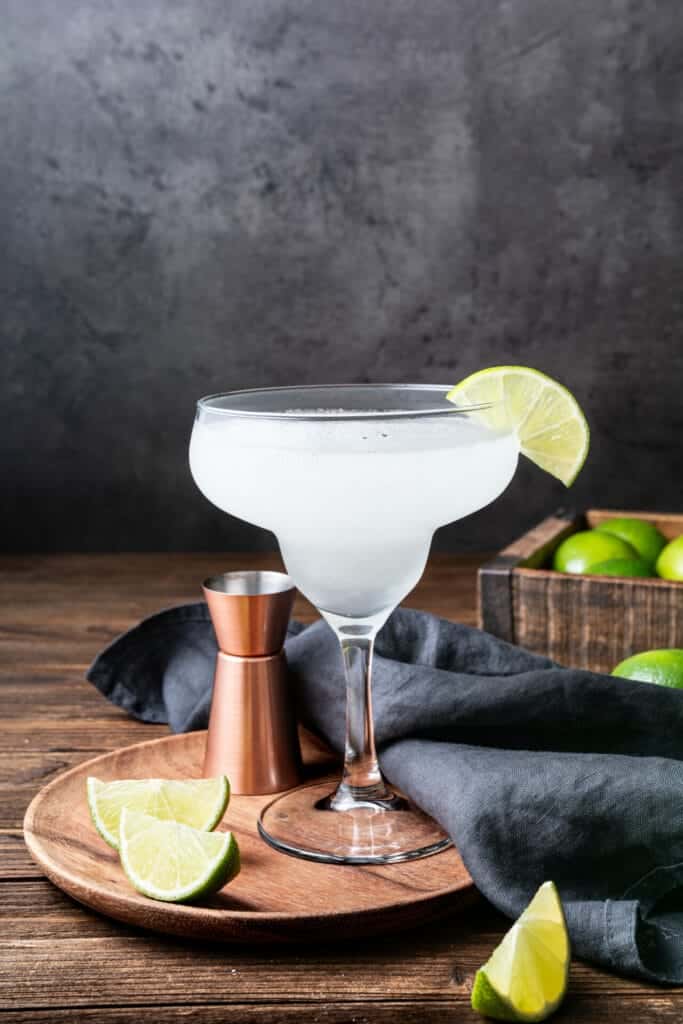
“This frozen Daiquiri, so well beaten as it is, looks like the sea where the wave falls away from the bow of a ship when she is doing thirty knots.” Legendary writer and iconic drinker, Ernest Hemingway, once described his favorite libation with these descriptive words. He loved the Frozen Daiquiri so much that legends tells of the time he once consumed fifteen of them in a row. And his favorite bar in Cuba is also where this popular version of the cocktail came to be.
Bartender Constantino Ribalaigua Vert was the owner of the famed El Floridita in Cuba. In the 1930s, with advancements in refrigeration technology, Constante (as he was known) started to make his Daiquiris using a combination of shaved ice and an electric blender. He took Jenning Cox’s original sweet-and-sour creation and made a cold, slushie-textured cocktail that soon became Poppa Hemingway’s favorite. He loved Constante’s version so much that he later had another Daiquiri variation named after him.
As time marched on, more convenient kitchen appliances made their way into the homes of middle America, including the blender. Soon to follow was the Frozen Daiquiri. Easy to make, and with the exotic endorsement of Hemingway behind it, the cocktail soon became a pool and beachside staple during the summer months. Premade mixes were sold at stores and even vending machines served out multi-flavored versions by the gallons.
The Daiquiri is one cocktail that I used to dismiss; that’s a drink for tourists. But I was wrong, and I’ll happily admit that. One of my first articles that I wrote for Twist and Toast was about the original Daiquiri. Never having one before, it was eye-opening to discover that it was a simple and tart affair with just the right amount of sweet. I had a few that night and very quickly decided that Daiquiris, whether frozen or shaken, would also have a place in my home bar.
Is the Hemingway Daiquiri the same?
The short answer is no. Mr. Hemingway famously loved his Daiquiris and once he discovered the frozen variation, he loved those just as much. But being a diabetic also meant that the writer couldn’t imbibe fifteen of the sugary drinks in one sitting on a regular basis. (I wouldn’t advise anyone doing that either!) Because of this, he would ask Constante to mix his Daiquiris without the sugar and to double the rum. This was soon put on the El Floridita menu as the “Hemingway Special” and eventually evolved into the version we know today, which is made with grapefruit juice and maraschino liqueur.
What is the best rum to use in a Frozen Daiquiri?
With its tasty blend of sour and sweet, I find that using a nice and bright white rum does the job best. Sitting perfectly between the sweet of the sugar and the tartness of the lime, a mid-to-top shelf white (or silver) rum will add just the right tropical notes to transport you to any warm, seaside locale your imagination desires. Or it just might inspire you to finally book that island vacation!
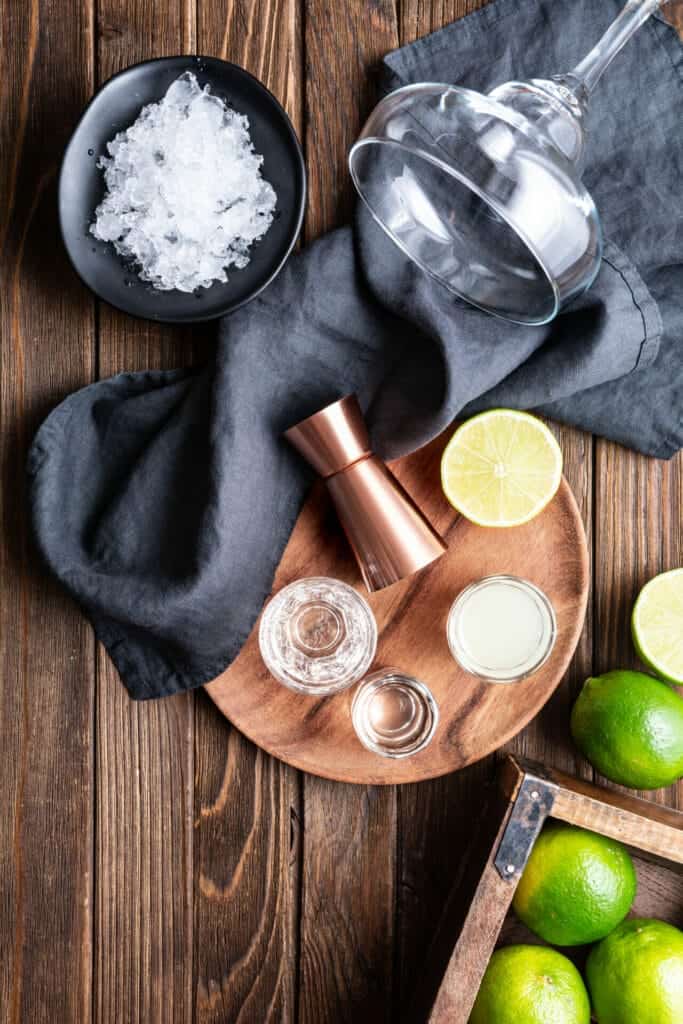
Ingredients
- 1 1/2 ounce of light rum
- 3/4 ounce of fresh lime juice
- 1/4 ounce of simple syrup
- 1 cup of crushed ice
- Lime wheel for garnish (optional)
Instructions
- Pour the rum, lime juice, and simple syrup into a blender.

- Add the crushed ice, then cover the blender. Blend until the mixture is smooth.

- Pour into a glass, garnish with a lime wheel if you like, and enjoy!

Nutrition
Tips and Tricks to Make a Perfect Frozen Daiquiri
Sounds fairly simple to make a Frozen Daiquiri, right? Just throw everything in the blender and hit frappe, right? Not quite. There’s still some finesse involved when making any cocktail, and the Frozen Daiquiri is no different. Just whipping everything in the mixer until it’s liquified isn’t going to give you that perfect, slushie consistency you’re looking for. Once you’ve added your ingredients, close the lid to blender tight and hit pulse for a few seconds at a time. This way, you can see just when your drink hits that frozen smoothness you need.
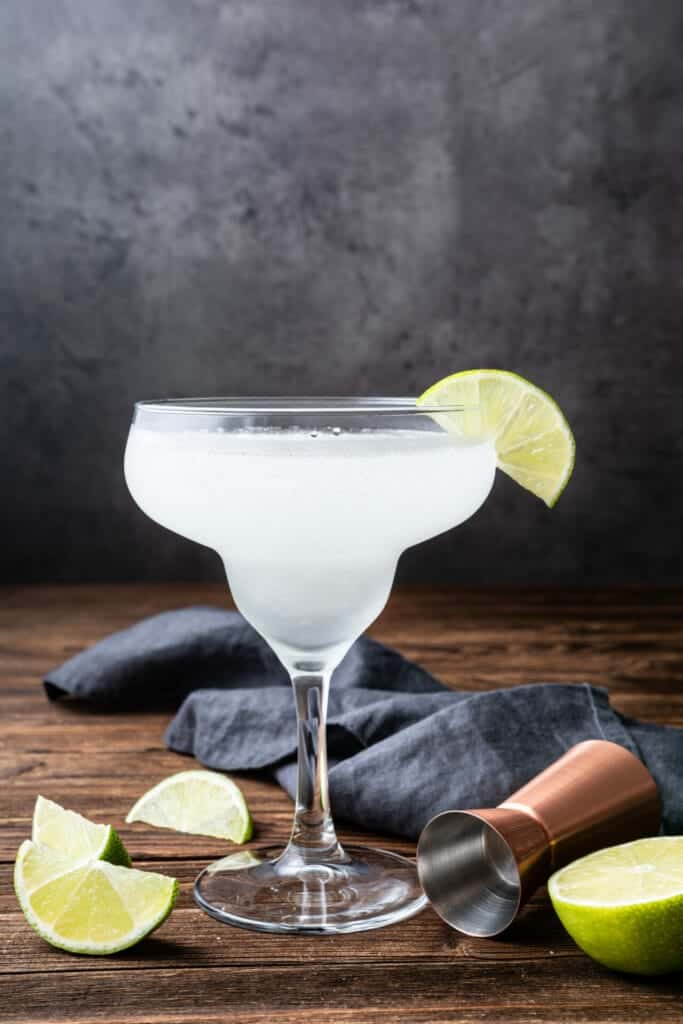
FAQs & Tips
You can go for the classy and elegant look by serving your Daiquiri in a martini glass or champagne goblet. For a more beachside vibe, a hurricane glass will do the trick, and don’t forget the little umbrella! For both types of glassware, a lime wheel is the perfect tart topper.
You can put all of your ingredients together before blending and refrigerate up to eight hours before. If you want to store these cocktails after they’ve been made, pour them into an airtight container or individual mason jars and freeze. Before serving, let them thaw for about ten to fifteen minutes.
When you pour yourself a smooth and delicious Frozen Daiquiri, you’re looking at ingesting around 123 calories. For a sweet and tart summer treat, that’s lighter than most. Enjoy a few when the sun gets hot, guilt free!
When blending drinks with ice the sweet flavors can be diluted a bit, so you might want to add a little more simple syrup, and even some extra lime juice, into your blender if you find the flavor isn’t as strong as you like.
When blending your cocktail together, you can add any type of fruit you desire into it. Strawberries, bananas, mangos, peaches… just about anything you think might taste good in your Frozen Daiquiri, just blend it up with the rest of the ingredients. Play around with different combinations and find your flavor!
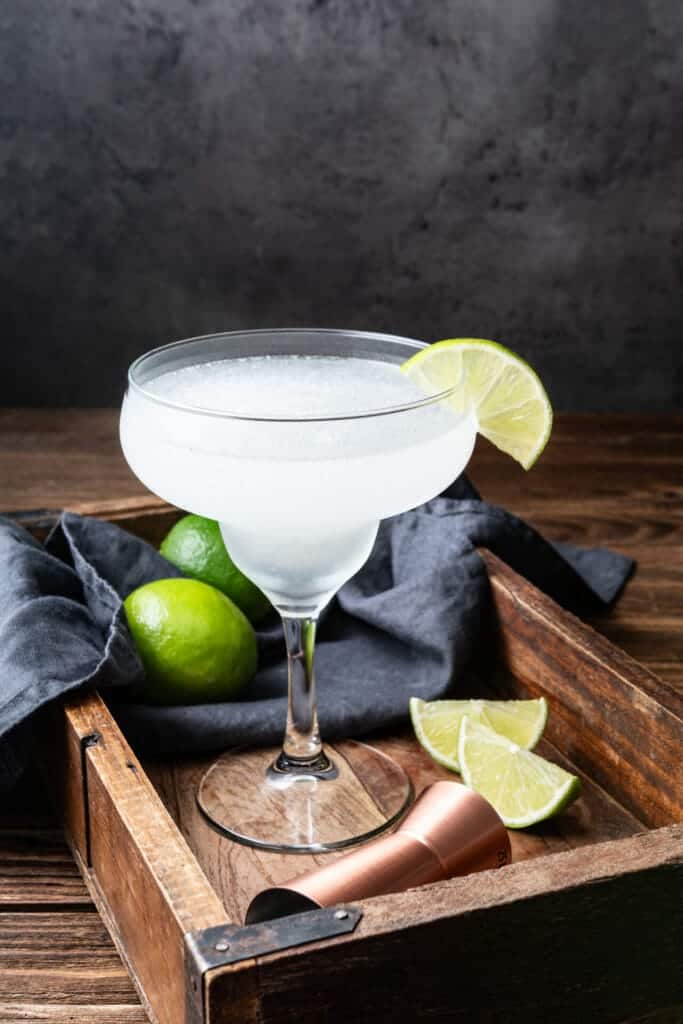
Similar cocktails to the Frozen Daiquiri
Ready for more summertime goodness anytime of the year? Twist and Toast keeps the vacation going all year long with a number of our fabulous cocktails:
- Classic Daiquiri – I write about the original drink that started it all, the Classic Daiquiri! Try it out and you’ll have a new favorite!
- Lava Flow – I explore the volcanic Hawaiian roots of this frozen favorite. If you loved the Frozen Daiquiri, definitely check out the Lava Flow!
- Pina Colada on the Rocks – The shaken version of this summer classic will have you asking for a second round.
- Frozen Margarita – Another warm weather mainstay gets the frozen treatment in this popular version of the cocktail.
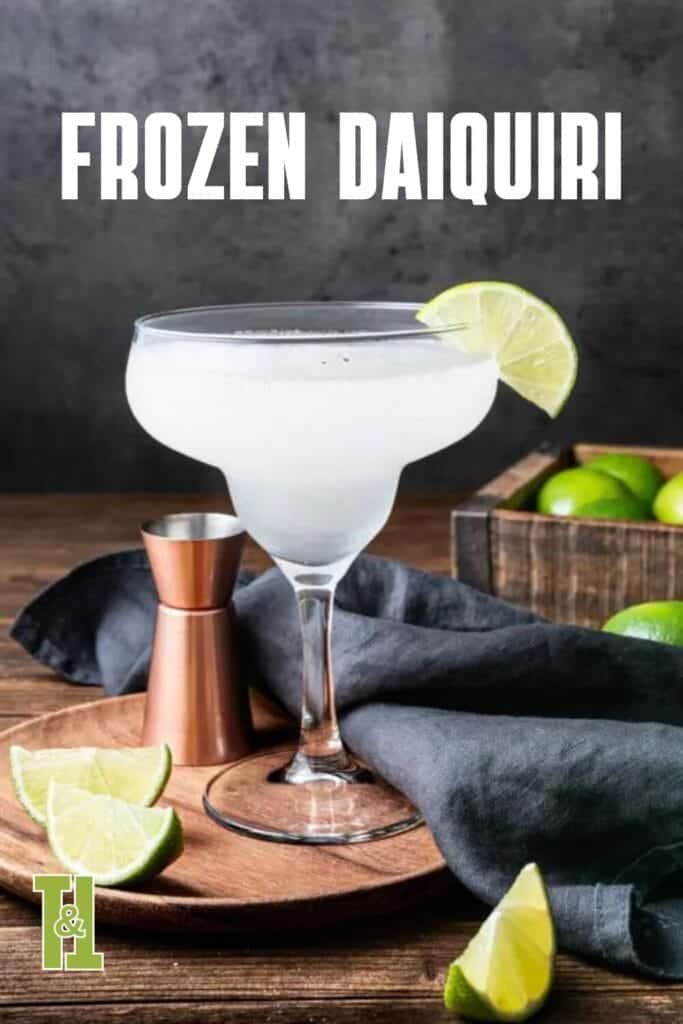


Leave a Comment